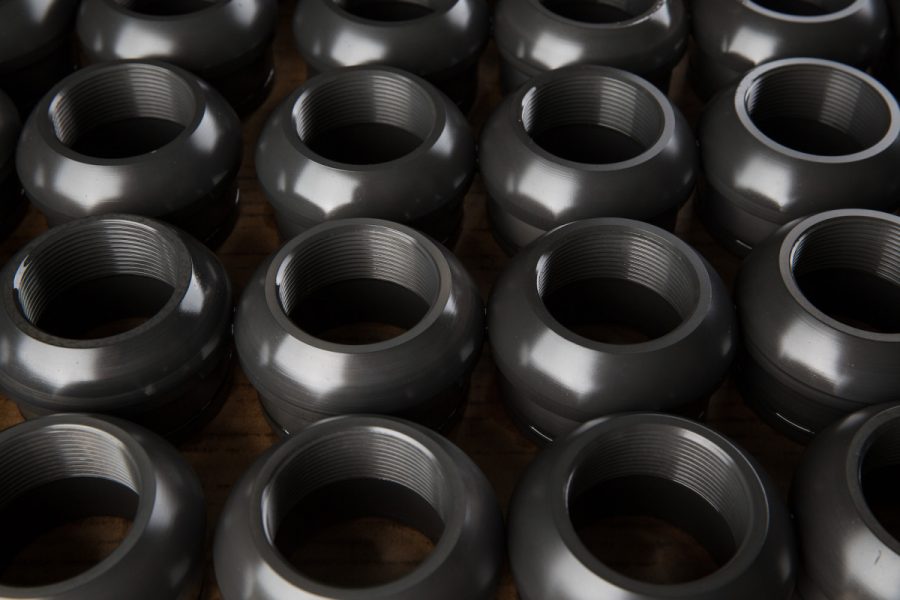Black is a colour that is revered in industry as it is used to colour metal components and other parts for a number of reasons. Not only does the lacquer enhance aesthetic appeal but it makes a part more resistant to corrosion or weathering. However, you have to be careful about the finish as some painting or plating techniques can change a part’s dimensions.
Fortunately, you can find blackening that can be added that will not change a component’s size. One blackening lacquer product enables you to change the colour of non-ferrous or ferrous metal without changing the dimensions.
Why Lacquer Finishes Increase Profits
If you use this type of lacquer colouring, you can be assured of an easy-to-use solution that offers efficient and long-lasting results. With a blacking lacquer process, you can alter an aluminium or steel surface in just under 60 minutes. The lacquer supplies a uniform coating. In return, lower operating costs and enhanced corrosion resistance are realised. That is why an increasing number of companies are using lacquer finishing for their metal colouring requirements.
Some of the advantages of using this blacking method are as follow:
- A reduction in rejects on the coating of zinc die cast
- No need to electroplate brass, bronze, or gold
- Direct finishing on vibro or polishing castings
- Lower expenses
- Processing that is non-hazardous
- The use of less-expensiveequipment
- Increased corrosion resistance
Why Using a Room-Temperature Process In House Is Better
If you use the blacking in house, you can see a reduction in downtime. For example, if you send out parts for hot black oxiding, the process can take a couple weeks. In turn, the assembly of machines can be held up by waiting for parts to return from an outside vendor.
In some instances, some of the blackened parts may be missing upon return. If you or your customers have to wait, you not only are inconvenienced but you lose money as well. However, when you choose to use lacquer finishing, your staff can carry out the process without any previous chemical knowledge.
On-Site Room-Temperature Blacking
Request a demonstration from the blacking distributor. Blacking products are ready for on-site use at any time. A room-temperature blacking process is designed for small blacking lines as well as for automated production lines. Applications can be made to the following types of items:
- Industrial machinery components
- Cutting tools
- Chains and sprockets
- Springs
- Clutch drives
- Drill bits
- Jigs and fixtures
Products used in the blacking process include degreasers, conditioners, blacking, and de-watering oil. The chemical immersion process, which, again, is facilitated at room temperature, will not alter components and offers a finish of 0.2 to 3 microns thick. Processing includes degreasing and, if required, de-rusting before a component is immersed in the blacking at room temperature. Corrosion protection is obtained by finally immersing an item in a de-watering oil.

